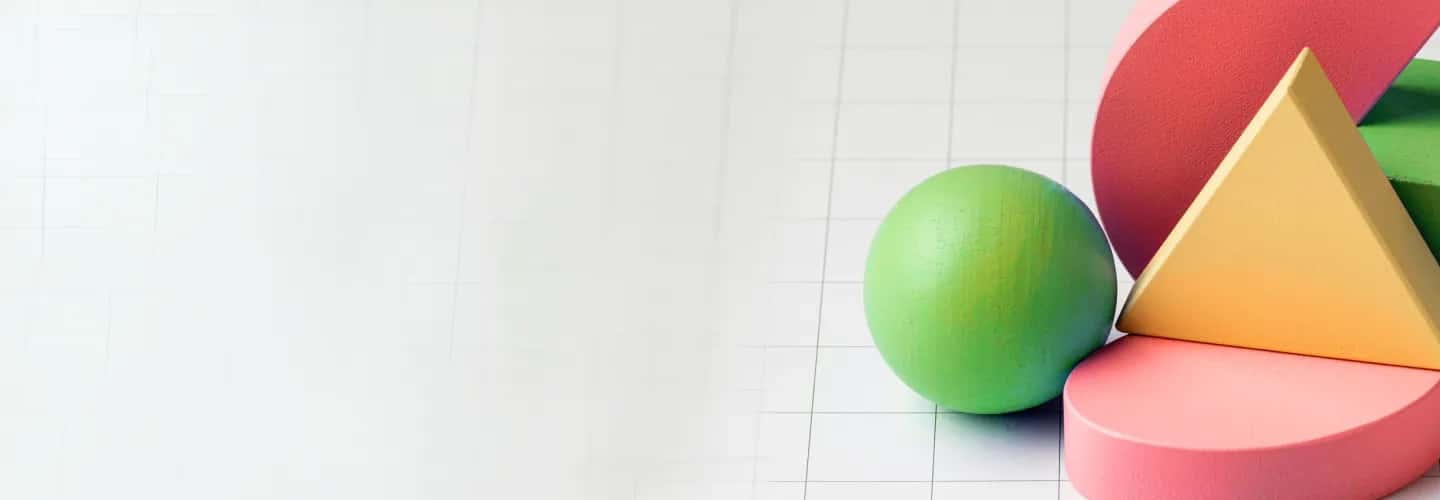
Understanding the Concepts of Mensuration
Mensuration is a measurement concept. Standard and nonstandard units of measurement can be used to measure objects or amounts.
We have units for measuring length, weight, and capacity such as kilometre, metre, kilogramme, milligram, litre, millilitre, and so on.
There are numerous geometric forms and objects for which we shall explain the formulas below, but in essence, they can be split into two categories: 2D shapes and 3D shapes.
Listed below are the different Mensuration concepts:
2D Shapes
2D shapes are plane objects that are entirely flat and have just two dimensions - length and breadth - in geometry.
They have no thickness and can only be measured in two dimensions. So we just have perimeters and areas for these designs, and there will be no volume since it lacks the third dimension.
3D Shapes
A three-dimensional shape with faces, edges, and vertices is known as a 3D shape. They have a surface area that comprises all of their faces. The volume of these forms is determined by the space they occupy. 3D shapes include the cube, cuboid, cone, and cylinder. As a result, these objects will have both area and volume measurements.
Important Expressions
1. Area (A)
The surface occupied by a specific closed region is referred to as the area (A). It is represented by the letter A and is measured in square units.
2. Perimeter (P)
The complete length of a figure's boundaries is referred to as its perimeter. Only two-dimensional shapes or figures define perimeter. It is the continuous line that runs along the closed vessel's edge. It is denoted by P, and measurements are made in units.
3. Volume (V)
The breadth of the space contained in a three-dimensional closed shape or surface, such as a room or cylinder. The letter V represents volume, and the cubic unit is the SI unit of volume.
4. Curved Surface Area (CSA)
The curved surface area is the area of the only curved surface, excluding the base and top of a sphere or circle. The curved surface area is denoted as CSA.
5. Total Surface Area (TSA)
The measurement of the total area of all surfaces in a closed form is known as the Cumulative Surface Region. TSA is an abbreviation for total surface area.
6. Square Unit
One square unit is just the one-unit square area. When we calculate surface area, we use the sides of one block square to determine how many of these units will fit in the figure.
7. Cube Unit
A cubic unit is the volume filled by a side cube in one unit. We refer to this cube of one unit and how many of these component cubes will fit in the given closed form when calculating the volume of any number.
FAQsFAQs
Why is understanding the concepts of Mensuration important?
Understanding the concepts of Mensuration assists in:
Understanding how Mensuration formulas are derived
Addressing the Mensuration problems promptly and accurately.
Resolving each of the various forms of questions on Mensuration topic
Developing your unique shortcuts
Is it possible to solve Mensuration problems without knowing the concepts?
Yes, it's possible to solve Mensuration questions without understanding what they entail. However, experts advise that comprehending the fundamentals is essential to address the Mensuration problems effectively.
What is the right way to learn Mensuration concepts?
The foundation of mathematics is concepts, and understanding them is critical to boosting your performance in the Quantitative Aptitude section. Visualising the Mensuration concepts using real-life examples is the best approach to learn the Mensuration concepts.



